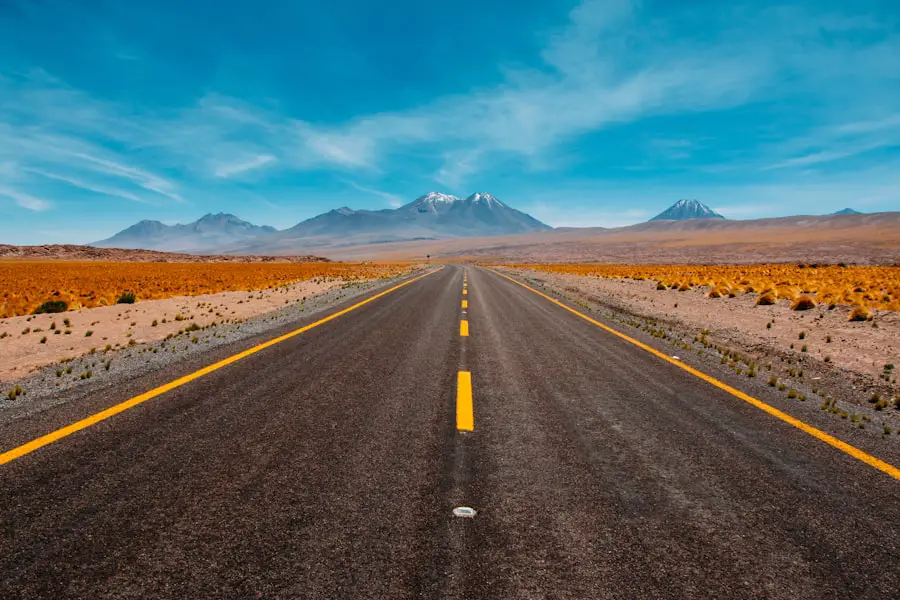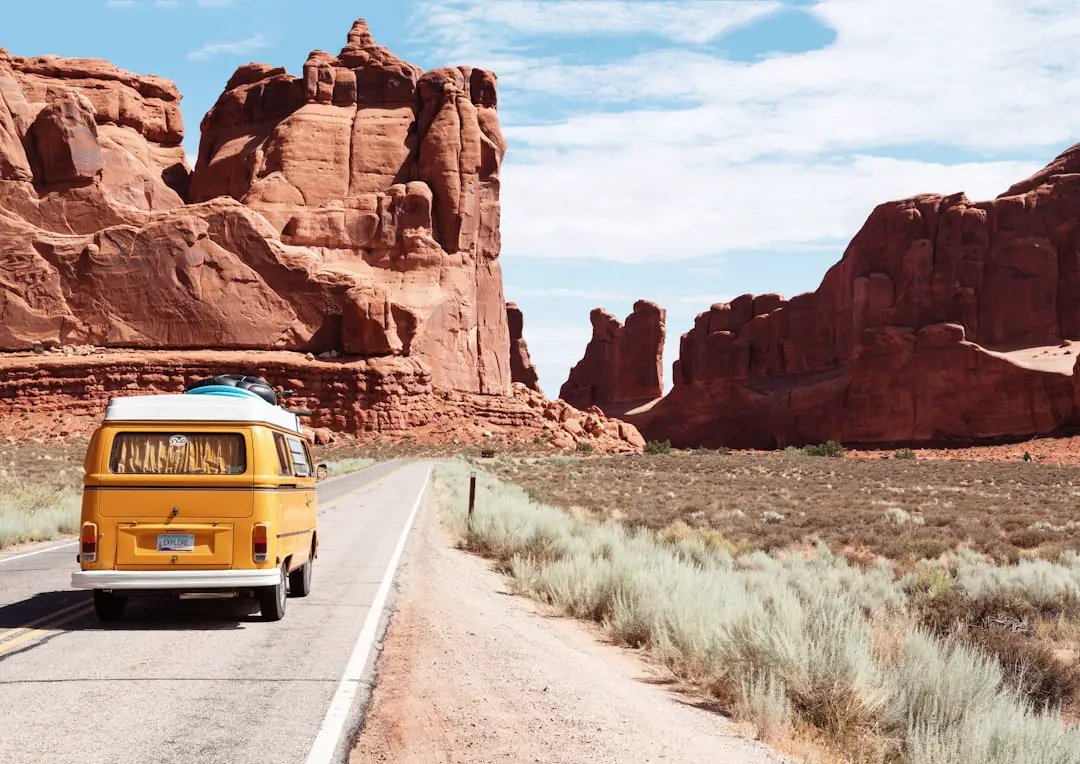Patagonia, a vast and rugged region located at the southern end of South America, is a land of breathtaking landscapes and diverse ecosystems. Spanning both Chile and Argentina, this remote area is characterized by its dramatic mountains, expansive glaciers, and pristine lakes. The name “Patagonia” itself evokes images of wild beauty and adventure, derived from the word “patagón,” which was used by Magellan in the 16th century to describe the indigenous people he encountered.
Today, Patagonia is a haven for outdoor enthusiasts, nature lovers, and those seeking to experience the raw power of nature. The region is home to some of the most iconic national parks in the world, including Torres del Paine in Chile and Los Glaciares in Argentina. These parks showcase the stunning contrasts of Patagonia’s geography, from towering granite peaks to sprawling ice fields.
The climate is as varied as the landscape, with conditions that can change rapidly, making it essential for visitors to understand the seasonal variations when planning their trips. Each season offers unique experiences and opportunities to explore this enchanting part of the world.
Key Takeaways
- Patagonia is a region located at the southern end of South America, shared by Argentina and Chile, known for its stunning natural landscapes and diverse wildlife.
- Spring in Patagonia, from September to November, offers mild weather, blooming flowers, and opportunities for birdwatching and hiking.
- Summer, from December to February, is the peak tourist season in Patagonia, with longer days, ideal for trekking, wildlife spotting, and water activities.
- Autumn, from March to May, brings beautiful foliage, fewer crowds, and great conditions for fishing, horseback riding, and photography.
- Winter, from June to August, is the off-peak season in Patagonia, offering snow-capped landscapes, skiing, snowshoeing, and the chance to see penguins and whales.
Spring (September to November)
Spring in Patagonia, which spans from September to November, is a time of renewal and transformation. As the snow begins to melt and the days grow longer, the region bursts into life with vibrant colors and blooming flora. This season is particularly appealing for those who enjoy hiking and trekking, as trails become more accessible and wildlife becomes more active.
The iconic lenga trees start to blossom, painting the landscape with shades of green and yellow, while wildflowers dot the meadows, creating a picturesque backdrop for outdoor adventures. One of the most notable events during spring is the arrival of migratory birds. Birdwatchers flock to Patagonia to witness species such as the Andean condor and various types of ducks returning to their breeding grounds.
The weather during this time can be unpredictable, with sunny days interspersed with rain showers and strong winds. However, this variability adds to the allure of springtime exploration, as adventurers can experience the full spectrum of Patagonia’s natural beauty. Popular activities include trekking in Torres del Paine National Park, where visitors can witness the stunning contrast of snow-capped peaks against lush valleys.
Summer (December to February)

Summer in Patagonia is characterized by warm temperatures and long daylight hours, making it the peak season for tourism. From December to February, visitors flock to this stunning region to take advantage of the favorable weather conditions. The average temperatures can range from 15°C to 25°C (59°F to 77°F), allowing for a wide array of outdoor activities.
This is the ideal time for hiking, kayaking, and exploring the numerous national parks that define Patagonia’s landscape. One of the highlights of summer is the opportunity to witness the majestic glaciers that are a hallmark of this region. The Perito Moreno Glacier in Argentina is particularly famous for its dynamic calving process, where massive chunks of ice break off and crash into Lake Argentino.
Tourists can take boat tours to get up close to this natural wonder or even embark on guided treks across its icy surface. Additionally, summer is a prime time for wildlife viewing; visitors may encounter guanacos, foxes, and even elusive pumas in their natural habitats. The vibrant energy of summer also brings various cultural events and festivals that celebrate local traditions and heritage.
Autumn (March to May)
| Metrics | March | April | May |
|---|---|---|---|
| Temperature (°C) | 20 | 18 | 15 |
| Rainfall (mm) | 50 | 40 | 30 |
| Humidity (%) | 70 | 65 | 60 |
As summer fades into autumn from March to May, Patagonia undergoes a stunning transformation. The landscape shifts from vibrant greens and blues to warm hues of orange, red, and gold as deciduous trees shed their leaves in preparation for winter. This season is often considered one of the most beautiful times to visit Patagonia due to its breathtaking fall foliage and cooler temperatures that range from 5°C to 20°C (41°F to 68°F).
The crisp air and clear skies create an ideal setting for photography enthusiasts looking to capture the stunning vistas. Autumn is also a quieter time in terms of tourism, as many travelers have returned home after the summer rush. This allows for a more intimate experience with nature, as visitors can explore popular trails without the crowds.
The Torres del Paine National Park offers some of its most spectacular views during this season, with the iconic granite towers framed by colorful foliage. Additionally, autumn is a great time for fishing enthusiasts; rivers are teeming with salmon as they migrate upstream to spawn. The tranquility of this season provides an opportunity for reflection and connection with the natural world.
Winter (June to August)
Winter in Patagonia, spanning from June to August, presents a stark contrast to the other seasons. With temperatures often dropping below freezing and heavy snowfall blanketing the landscape, this time of year transforms Patagonia into a winter wonderland. While some areas may become inaccessible due to harsh weather conditions, winter also offers unique opportunities for adventure seekers who are drawn to snow sports such as skiing and snowboarding.
The ski resorts in Patagonia attract both novice and experienced skiers looking for pristine slopes and breathtaking views. Cerro Catedral near San Carlos de Bariloche is one of Argentina’s premier ski destinations, offering a variety of runs suitable for all skill levels. In Chile, Valle Nevado provides stunning panoramas of the Andes while catering to winter sports enthusiasts.
Beyond skiing, winter is also an excellent time for ice trekking on glaciers or exploring frozen lakes. The stark beauty of snow-covered landscapes creates an ethereal atmosphere that captivates those who venture into this remote region during its coldest months.
Activities and Events by Season

Spring: A Time for Exploration
In spring, outdoor enthusiasts can partake in guided hikes through national parks or embark on birdwatching excursions to observe migratory species returning to their breeding grounds. The blooming wildflowers create an enchanting environment for photography and nature walks.
Summer: Adventure and Celebration
Summer is undoubtedly the most popular season for adventure activities. Kayaking in glacial lakes or navigating through fjords allows visitors to experience Patagonia’s stunning scenery from a unique perspective. Additionally, summer festivals celebrating local culture often take place during this time, showcasing traditional music, dance, and cuisine.
Autumn and Winter: Tranquility and Thrills
As autumn arrives, activities shift towards more tranquil pursuits such as photography tours focused on capturing fall foliage or guided fishing trips targeting salmon in rivers teeming with life.
The quieter atmosphere allows for deeper connections with nature and opportunities for reflection. Winter brings its own set of thrilling activities centered around snow sports. Skiing and snowboarding dominate the scene at various resorts, while ice climbing on glaciers offers an adrenaline-pumping challenge for adventurous souls. Winter festivals celebrating local traditions often feature food markets showcasing hearty dishes perfect for warming up after a day on the slopes.Tips for Traveling to Patagonia
Traveling to Patagonia requires careful planning due to its remote location and varying weather conditions throughout the year. One essential tip is to pack layers; temperatures can fluctuate dramatically within a single day, so having clothing that can be easily added or removed is crucial for comfort during outdoor activities. Waterproof jackets are particularly important given the region’s unpredictable rain showers.
Another consideration is transportation; while some areas are accessible by public transport, renting a car can provide greater flexibility for exploring remote locations at your own pace. Additionally, booking accommodations in advance during peak seasons ensures that you secure your preferred lodging options. Travelers should also be mindful of environmental conservation practices while exploring Patagonia’s pristine landscapes.
Following Leave No Trace principles helps preserve these natural wonders for future generations. Engaging with local guides not only enhances your experience but also supports sustainable tourism practices that benefit local communities.
Choosing the Best Time to Visit Patagonia
Selecting the best time to visit Patagonia ultimately depends on individual preferences and desired experiences. Each season offers unique opportunities that cater to different interests—whether it’s witnessing vibrant spring blooms or embracing winter’s snowy landscapes. Understanding the seasonal variations in weather patterns and activities can help travelers make informed decisions about when to embark on their Patagonian adventure.
For those seeking vibrant landscapes filled with life, spring may be ideal; while summer attracts those eager for outdoor adventures under long daylight hours. Autumn provides a serene atmosphere perfect for reflection amidst stunning fall colors, whereas winter appeals to thrill-seekers looking for snow-covered escapades. Regardless of when you choose to visit, Patagonia promises an unforgettable journey through one of nature’s most awe-inspiring regions.
FAQs
What is the best time to travel to Patagonia?
The best time to travel to Patagonia is during the summer months of December to February. This is when the weather is the most pleasant and the days are the longest, allowing for more time to explore the stunning landscapes.
What is the weather like in Patagonia during the summer months?
During the summer months in Patagonia, the weather is generally mild with temperatures ranging from 50°F to 70°F. However, it can still be quite windy and unpredictable, so it’s important to pack layers and be prepared for sudden changes in weather.
Are there any specific events or festivals to consider when planning a trip to Patagonia?
One of the most popular events in Patagonia is the National Festival of Folklore, which takes place in February in the town of Cosquín. This festival showcases traditional music, dance, and crafts from the region and is a great way to experience the local culture.
What are the main attractions to visit in Patagonia during the summer months?
Some of the main attractions to visit in Patagonia during the summer months include the stunning Torres del Paine National Park, the Perito Moreno Glacier, and the beautiful lakes and mountains of the region. It’s also a great time for outdoor activities such as hiking, kayaking, and wildlife spotting.
Is it possible to visit Patagonia during the winter months?
While it is possible to visit Patagonia during the winter months, the weather can be harsh and many attractions may be closed. However, it can be a great time for winter sports such as skiing and snowboarding in certain areas of Patagonia.
